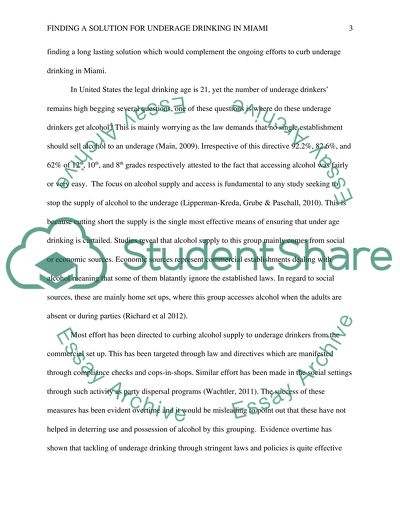Cite this document
(“Finding a solution for Underage Drinking in Miami Essay”, n.d.)
Finding a solution for Underage Drinking in Miami Essay. Retrieved from https://studentshare.org/english/1461394-finding-a-solution-for-underage-drinking-in-miami
Finding a solution for Underage Drinking in Miami Essay. Retrieved from https://studentshare.org/english/1461394-finding-a-solution-for-underage-drinking-in-miami
(Finding a Solution for Underage Drinking in Miami Essay)
Finding a Solution for Underage Drinking in Miami Essay. https://studentshare.org/english/1461394-finding-a-solution-for-underage-drinking-in-miami.
Finding a Solution for Underage Drinking in Miami Essay. https://studentshare.org/english/1461394-finding-a-solution-for-underage-drinking-in-miami.
“Finding a Solution for Underage Drinking in Miami Essay”, n.d. https://studentshare.org/english/1461394-finding-a-solution-for-underage-drinking-in-miami.


